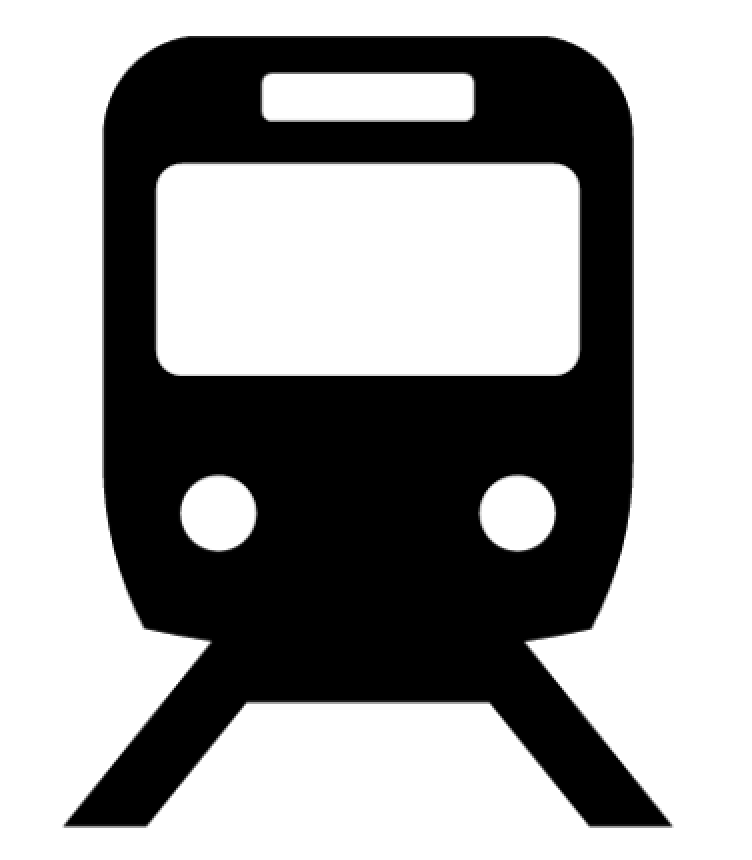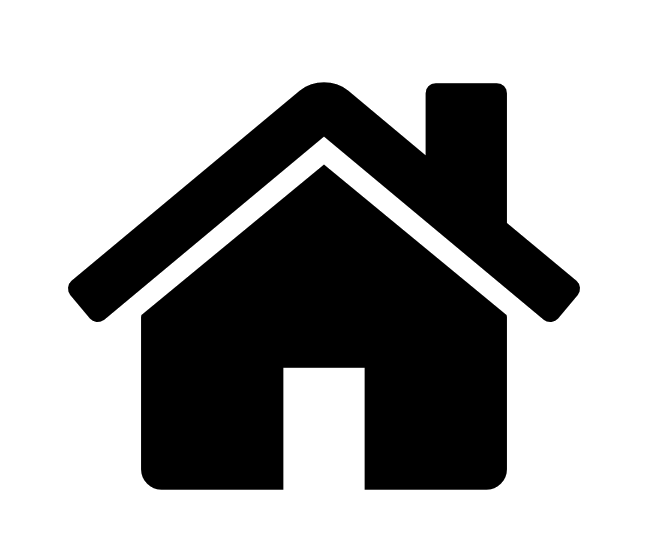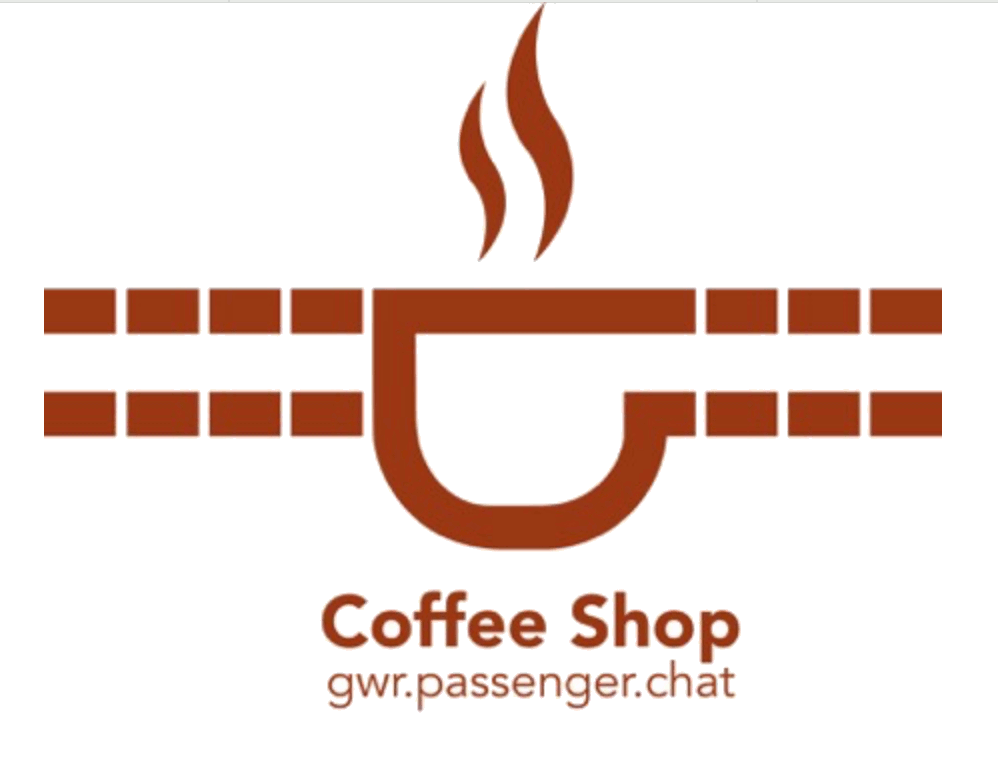|
chrisr_75
|
 |
« Reply #45 on: February 18, 2017, 09:44:04 » |
|
The guards door on the TGS and one of the doors on the buffet cars aren't in a contrasting colour either.
Isn't that door on the buffet car permanently out of use? I don't think they even have door handles fitted anymore. As I recall, on the west coast mk3 loco hauled stock, there was at least one set of doors of each buffet car marked as 'not for public use' (predictably the 'l' used to go missing from time to time...) |
|
|
|
|
 Logged
Logged
|
|
|
|
|
RailCornwall
|
 |
« Reply #46 on: February 18, 2017, 17:17:27 » |
|
Yes, that makes sense, and is consistent with there being no windows in that part of the train. I've travelled a fair bit by train in Switzerland (and will be there again in May) but never noticed a train with doors like that.
A lot of the 'private' railways in Switzerland that go to high resorts seem to carry quite a lot of goods and parcels and luggage - makes sense, especially in winter, to keep some of the vans and lorries off the road. Don't forget the BOB goes to Wengen which is traffic free. Have you got any specific travel plans for your break this year? The ride on the BOB from Interlaken to Grindelwald and then on up to Junfraujoch is expensive and can be very busy (and is also quite a lengthy trip), but is worth it if you've not done it before. As I recall you can get 50% off with a Swiss Pass or half price card on the Junfrau Bahn and the BOB is classed as part of the national network for the rail cards iirc. NB. The BOB doesn't go to Wengen, although part of the same Jungfraubahn group, Wengen is served by the WAB, a change of vehicle is required at Lauterbrunnen to get there. Incidentally a huge project on the other side of Mannlichen from Wengen, the Grindelwald side is being constructed. A new BOB station is being built just north west of Grindelwald to link with the replacement Mannlichen cable car AND the brand new mega cable car service from Grund to Eigergletcher, meaning that Kleine Schiedegg will be by-passed by most of the customers aiming for Jungfraujoch from the Grindelwald side. The existing Grindelwald - Kleine Scheidegg rail service via Grund is to continue but in a reduced format unless the new cable system is weather halted. http://jungfrau.ch.jungfrauweb1.nine.ch/tourismus/news-events/v-bahn/das-projekt-v-bahn/ |
|
|
|
« Last Edit: February 18, 2017, 17:24:44 by RailCornwall »
|
 Logged
Logged
|
|
|
|
|
Gordon the Blue Engine
|
 |
« Reply #47 on: February 18, 2017, 18:34:08 » |
|
A lot of the 'private' railways in Switzerland that go to high resorts seem to carry quite a lot of goods and parcels and luggage - makes sense, especially in winter, to keep some of the vans and lorries off the road. Don't forget the BOB goes to Wengen which is traffic free.
Have you got any specific travel plans for your break this year? The ride on the BOB from Interlaken to Grindelwald and then on up to Junfraujoch is expensive and can be very busy (and is also quite a lengthy trip), but is worth it if you've not done it before. As I recall you can get 50% off with a Swiss Pass or half price card on the Junfrau Bahn and the BOB is classed as part of the national network for the rail cards iirc.
GTBE junior & family live in Switzerland and his local station is Ilanz, on the Rhatische Bahn between Chur and Dissentis. Every year we stay a few days with them then travel on by train to a Swiss city. We've done Interlaken and did the trip up the Jungfrau via Grindelwald in the sunshine (best to go early in the day for this). This year it's Bern, so travel via Dissentis, Andermatt, Brig. We usually get Swiss passes for convenience. We fly to Zurich. Used to use Eurostar, but got fed up with unpredictable service and appalling facilities at Gare du Nord which aren't much better than Dover Western Docks used to be. So many trips to recommend in Switzerland. Rhatische Bahn is wonderful - proper trains with locos on the front and Guard's vans, local pick up freights etc. As Chris75 says, a lot of freight is moved by rail in the high valleys. Bernina Express route is arguably more scenic that Glacier Express, but on both routes get the local trains not the named trains. Edit for spelling of "Rhatische" |
|
|
|
« Last Edit: February 19, 2017, 14:50:50 by Gordon the Blue Engine »
|
 Logged
Logged
|
|
|
|
|
chrisr_75
|
 |
« Reply #48 on: March 07, 2017, 09:42:38 » |
|
Bern is a very pleasant city and comes highly recommended from me for a day visit. There are a number of self guided walking tours available from the tourist info which are quite good. Depending on which direction you arrive from, keep an eye open for Wankdorf station if you wish to have a childish snigger! Oh, and don't expect anything other than pizza to eat! For some reason we didn't seem to be able to find anything other than pizzerias when looking for an evening bite to eat!  |
|
|
|
|
 Logged
Logged
|
|
|
|
|
chrisr_75
|
 |
« Reply #49 on: March 07, 2017, 12:35:42 » |
|
NB. The BOB doesn't go to Wengen, although part of the same Jungfraubahn group, Wengen is served by the WAB, a change of vehicle is required at Lauterbrunnen to get there. We're both sort of right, the Berner Oberland Bahnen AG (BOB) own all of the rail lines/companies in that valley including the railway at Murren, Schynige Platte, BOB, WAB & Jungfrau Bahn https://en.wikipedia.org/wiki/Bernese_Oberland_railway |
|
|
|
|
 Logged
Logged
|
|
|
|
|
stuving
|
 |
« Reply #50 on: March 25, 2017, 17:52:04 » |
|
The report of the investigation of this accident has been published by SUST (aka SESE, SISI, and STSB). It's only in one language, in this case German which is local to Rafz. I'd expected the summary to be translated into French and Italian, but apparently not. Since I know almost no German, and this is complicated stuff full of long words (even by German standards), that causes some problems. However, it's full of pretty pictures, so it's possible to follow the narrative parts pretty well. For those who think the Swiss set the highest standards of "how to run a railway", the causes of the accident may be a bit of a surprise. The S-bahn train did depart against a red signal, and the emergency stop when this was realised left it foul of the points where a through track joined the platform track. This is my take on what report identified as the main reasons: - The drivers (trainee and trainer) mistook the green signal for the through track for the one applying to theirs. It was straight ahead, and brighter than the correct one which was to one side. I think the report even says that the design rules for signals don't include sighting confusions like this.
- The train and signalling system (ZUB) should stop a train attempting a SPAD▸ , but in this case it was not fully operative - the train had reversed at Rafz, and turning on the new driving position reinitialised the system so this autostop was temporarily inactive.
There are several other things, including a lot about the operational procedure taught for departing a station (rather than the way the learner was being supervised). That, and other points, make less sense to me. If anyone can cope with the German, and wants to correct any errors in the above, please do.
|
|
|
|
|
 Logged
Logged
|
|
|
|
|
SandTEngineer
|
 |
« Reply #51 on: March 25, 2017, 19:48:16 » |
|
Thanks for posting that STUVING. I must say that having been involved in signal sighting and scheme layout design in the UK▸ over a considerable number of years, that I do find the conflicting signal aspects somewhat supprising, but then they do tend to rely on the Train Protection system being the safeguard in such circumstances. If I do manage to decipher anymore of the report (I'm lucky as a signal engineer to be able to understand some of the technical issues even though they are in German) I'll add it here   |
|
|
|
|
 Logged
Logged
|
|
|
|
|
John R
|
 |
« Reply #52 on: September 03, 2017, 21:33:33 » |
|
I've just returned home from holiday in Switzerland, and the first week was spent with rail passes that meant we utilised all the different types of railway in the area to the fullest extent.
The on train experience
All were immaculately clean whether brand new or decades old
There wasn't an airline seat to be seen, but lots of leg room, so no need to play footsie.
The windows always lined up with the seats
Panoramic windows were the norm (not just on scenic services), much deeper, and often with additional windows at the transition to the roof.
Windows could be opened wide - on some trains you could throw a child out if so inclined, with the only warning a pictorial "no selfie sticks".
Perfectly clear TV▸ displays (consistent across operators) giving next stop and destination information, accompanied by clear bilingual announcements.
Same screens give connection times and platforms on approach to any station.
Ticket checks were regularly carried out.
Operating Practices
One service we caught regularly split en route at a station call. On splitting, from stopping to the first train pulling away took 50 secs on average. On joining, from the first train arriving to the combined train pulling away took 2 mins 15 secs. No messing about with pulling the train up once, letting pax off, closing the doors, joining, reopening the doors, as is sometimes seen in the UK▸ .
The mountain railways would typically run two or three trains in the same direction by sight, so you could see a train no more than 200m in front of you and another behind you moving in the same direction. Maybe not relevant for the National Rail network, but symptomatic of a pragmatic view to safe operating practices.
Infrastructure
Every line was electrified, even the 100 year old mountain railway that only runs for 6 months of the year. And on the mainlines the steel masts and supports were proportionate, rather than the over-engineered constructions currently being erected on the GWML▸ .
Elf'n Safety
Crossing from one platform to another was across the rails in the middle of the platform, even with 4 trains per hour. The station was staffed and staff made sure that it was clear as the train approached, but no need for very expensive footbridges, that then need to be made even more expensive by being accessible. Mobility impaired customers used a flat level crossing at the end of the platform.
A crossover from one track to another split the island platform, so to get to the end of the platform needed to catch the front portion of the train, you have to cross the split. Again a pragmatic approach that I can't imagine would get approved in the UK.
So why depressing? Because I then thought of the comparison with our own railway, the cramped rolling stock, the poor and inconsistent information, the cost of any improvement when gold plated H&S▸ is included. And so on...
P.S. Yes, every train was bang on time, but I expect you guessed that already.
|
|
|
|
|
 Logged
Logged
|
|
|
|
|
Chris from Nailsea
|
 |
« Reply #53 on: September 03, 2017, 21:38:19 » |
|
Everything in Switzerland goes like clockwork. 
|
|
|
|
|
 Logged
Logged
|
William Huskisson MP▸ was the first person to be killed by a train while crossing the tracks, in 1830. Many more have died in the same way since then. Don't take a chance: Stop, Look, Listen.
"Level crossings are safe, unless they are used in an unsafe manner." Discuss.
|
|
|
|
TaplowGreen
|
 |
« Reply #54 on: September 03, 2017, 21:43:15 » |
|
......and if everyone in the UK▸ was willing and able to pay Swiss rates of taxation, I'm sure we could have similar here! 😀
|
|
|
|
|
 Logged
Logged
|
|
|
|
|
JayMac
|
 |
« Reply #55 on: September 03, 2017, 22:29:37 » |
|
Grass is always greener...  However, the Swiss Railways are State owned. Maybe we could try their model in the UK▸ .  |
|
|
|
« Last Edit: September 03, 2017, 22:56:33 by bignosemac »
|
 Logged
Logged
|
"Good news for regular users of Euston Station in London! One day they will die. Then they won't have to go to Euston Station ever again." - David Mitchell
|
|
|
|
John R
|
 |
« Reply #56 on: September 03, 2017, 22:45:59 » |
|
......and if everyone in the UK▸ was willing and able to pay Swiss rates of taxation, I'm sure we could have similar here! 😀
That's a fair comment, although some of the observations made are likely to result in a lower cost of running and improving a service. |
|
|
|
|
 Logged
Logged
|
|
|
|
|
Rhydgaled
|
 |
« Reply #57 on: September 03, 2017, 22:53:29 » |
|
Haverfordwest station has a steps-only footbridge at one end and a barrow crossing at the other with (I think) a white light showing when it is clear to cross. Admittedly platform 2 is hardly (if ever) used by passenger trains so nobody needs to use either means of crossing, but it doesn't look like the safety police have made sure nobody tries to use the barrow crossing so even if all down trains used platform 2 I can't see a problem; so why can't that system be adopted elsewhere at stations where all trains call rather than building expensive accessible footbridges? Obviously on busy lines the crossing would not be open long enough to ensure pepole have time to use it but in those cases there should be a stronger case for investment in accessible footbridges anyway. ......and if everyone in the UK▸ was willing and able to pay Swiss rates of taxation, I'm sure we could have similar here! 😀 Is Swiss taxation significantly different to UK taxation and what is the Swiss road system like (eg. do they waste billions on counterproductive bypasses like the UK Government does, or do they support public transport properly by not feeding the competion)? |
|
|
|
|
 Logged
Logged
|
----------------------------
Don't DOO▸ it, keep the guard (but it probably wouldn't be a bad idea if the driver unlocked the doors on arrival at calling points).
|
|
|
|
trainer
|
 |
« Reply #58 on: September 03, 2017, 22:55:50 » |
|
Taplow Green is exactly right. Switzerland is generally a far more prosperous country, but like many other countries seems happy to pay for the railways out of the public purse (and therefore taxation) to a much greater extent. Public transport is just that...paid for by everyone and used by a majority but because it is so extensive there is a virtuous circle of availability, high standards and desirability. It is also a much more compact country with few long distances between settlements that can provide custom. The lumpy bit in the middle offers such a tourist opportunity that even that part can sustain some railways and/or Post Buses.
I'm not sure that culturally the UK▸ can ever emulate the transport standards of Switzerland only envy it. I also believe there are some downsides to Swiss culture which I would not want to live with - and I'm not talking cuckoo clocks - but would be inappropriate to go into that in a transport forum.
|
|
|
|
|
 Logged
Logged
|
|
|
|
|
broadgage
|
 |
« Reply #59 on: September 04, 2017, 10:21:26 » |
|
In some respects, the superiority of Swiss railways is due to high taxation and greater public spending on railways.
Not however in all respects.
Allowing passengers to cross the track merely requires keeping the elfansafety under control, money would be saved if compared to building elaborate footbridges everywhere.
Windows that line up with seats need cost no more than widows that don't, if planned properly at the design and build stage.
Windows that open wide enough to throw a child out should be cheaper than non functioning air conditioning.
More leg room costs money, but need not be hugely costly. 10% more space per passenger should only increase cost per seat by about 10%. Maybe a bit less than 10%
|
|
|
|
|
 Logged
Logged
|
A proper intercity train has a minimum of 8 coaches, gangwayed throughout, with first at one end, and a full sized buffet car between first and standard.
It has space for cycles, surfboards,luggage etc.
A 5 car DMU▸ is not a proper inter-city train. The 5+5 and 9 car DMUs are almost as bad.
|
|
|
|





